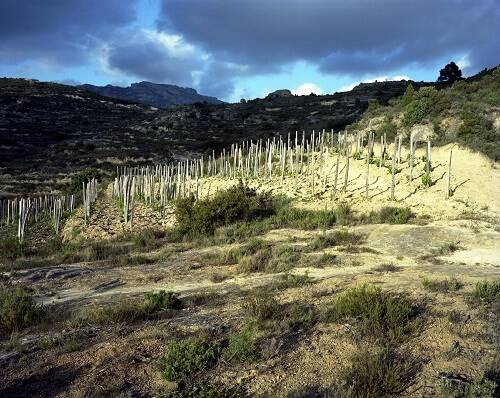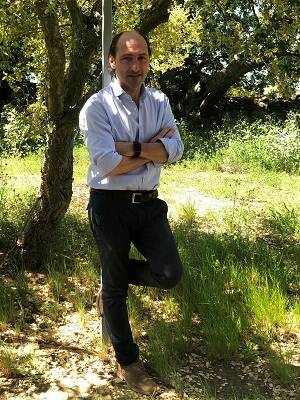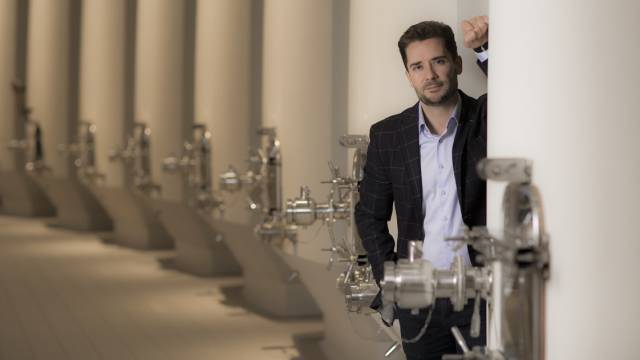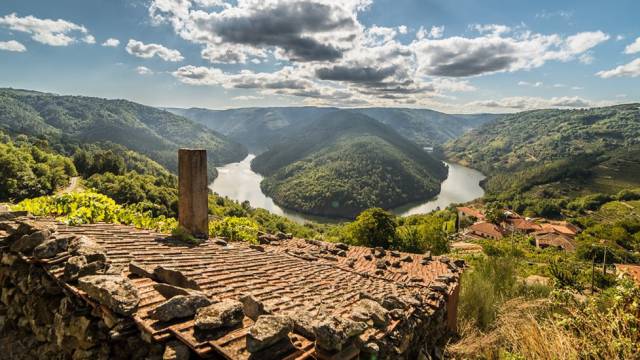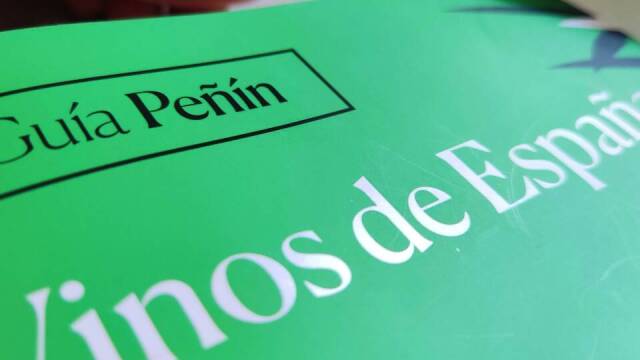Q.- What do you find in a terroir?
A.- Today, for example, I have just come from the Ribera del Duero to see the vineyards where we make Matallana. There we have five different types of soils, five vineyards in five different villages that cross the Ribera del Duero from north to south in the province of Burgos. There are soils of gravelly terraces, with limestone in the moor. Then you go to Beatas, where you have a completely different environment. You may ask yourself which is better, what is the difference between one and the other? In a moorland environment with a continental climate, what I call Castilian austerity, you look for the richness of the blend of that fine ink that is often aromatically a bit monolithic. And you look for it with the different types of soil you have. Whereas in Rioja Alavesa, for example, you find the proximity to the mountains, the humidity, the different orientations, the two main types of soils, limestone and others richer in sand. There is a greater varietal richness there, which is transformed into the complexity of Las Beatas or La Estrada.
“Talking about terroir when you make more than 50,000 bottles is a bit strange”
Q.- Has the term terroir been abused, do you think it has lost its meaning?
A.- A Frenchman used to say that it is easier to know how to speak than to know what to do. We live in a world where there are many different markets and niches. There are markets where wine is sold at 3 or 2 euros and there are wines that are sold at a different level. Talking about terroir when you make more than 50,000 bottles is a bit strange. If you talk about the characteristics of an appellation of origin as a whole, maybe, but that is not a terroir. Terroir is a very specific place. I translate the word terroir as site or place, and a place can be good or bad. There are wines that are children of a place, those of terroir, others that are children of technique and others that are children of time, of ageing. If you make a technical wine of many litres, something very respectable, I expect you to talk to me about technique, about how it is tasted, but not about terroir.
Q.- You work in Rioja, Ribera del Duero, Toro, Valdeorras, Alicante, Cebreros, Rueda and Málaga. Of all these areas, which do you consider the most versatile?
A.- Versatile in the sense that we could make different types of wines with the same grapes, of course, but we try to keep the winemaker's intervention to a minimum and we try to show the place as it is, not as we want it to be.
I like to talk about wines that come from a place, except for the more commercial wines we make. We always make wines from places. We make wines on a human scale. In Lanzaga, for example, we make twenty thousand bottles, or 1,500 bottles of Las Beatas and 2,000 bottles of La Estrada. We are talking about very small quantities that are closely linked to the site.
Q.- Are there any undiscovered terroirs in Spain?
A.- There are many. We are lucky that we are in a country where there are many things to discover, even if it is because of the disadvantage of having been a country that has not been notorious in the world of wine. There are still no wines that have been prestigious for centuries as in other countries. We have a great opportunity to discover and recover hidden treasures. But then, all this potential has to be interpreted and written down. Putting it in a bottle and reproducing it year after year is not so easy.
“Unique and special things are not made by regulations, they are made by the market”
Q.- What do you think of the classification of Singular Vineyards in Rioja?
A.- In Rioja we have gone from everything being the same to having more than a thousand singular vineyards capable of complying with the established regulations, which is a bit ridiculous. Unique and special things are not made by regulations, they are made by the market.
Q.- Is the Viñedos de Álava project an option to take into account?
A.- When a monopoly suddenly asks for a young wine from Bierzo at 3.5 euros and a mature wine from Rioja at 1.5 euros, the cheapest offer is almost always for the Rioja. This means that there is a problem. Now, if it is going to be the same dog with a different collar, then too bad.
I think that if you are better, you have to show that you do it better, and if you have better ideas, you have to put them into practice. I have no idea about Viñedos de Álava because I'm not involved in it, but what is clear is that something has to be done in the DO when we are in a place that equals everyone on the bottom.It doesn't make sense that you are making wines like Las Beatas or La Estrada, wines of a very high category, with the same name on the label as wines that are on the shelves at two euros.
Q.- You were the first to see the potential of Cebreros, when nobody was betting on this place. What did you see there?

 Log in
Log in

